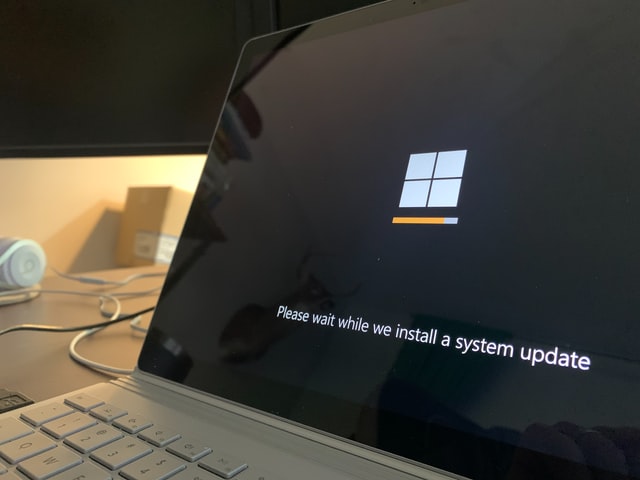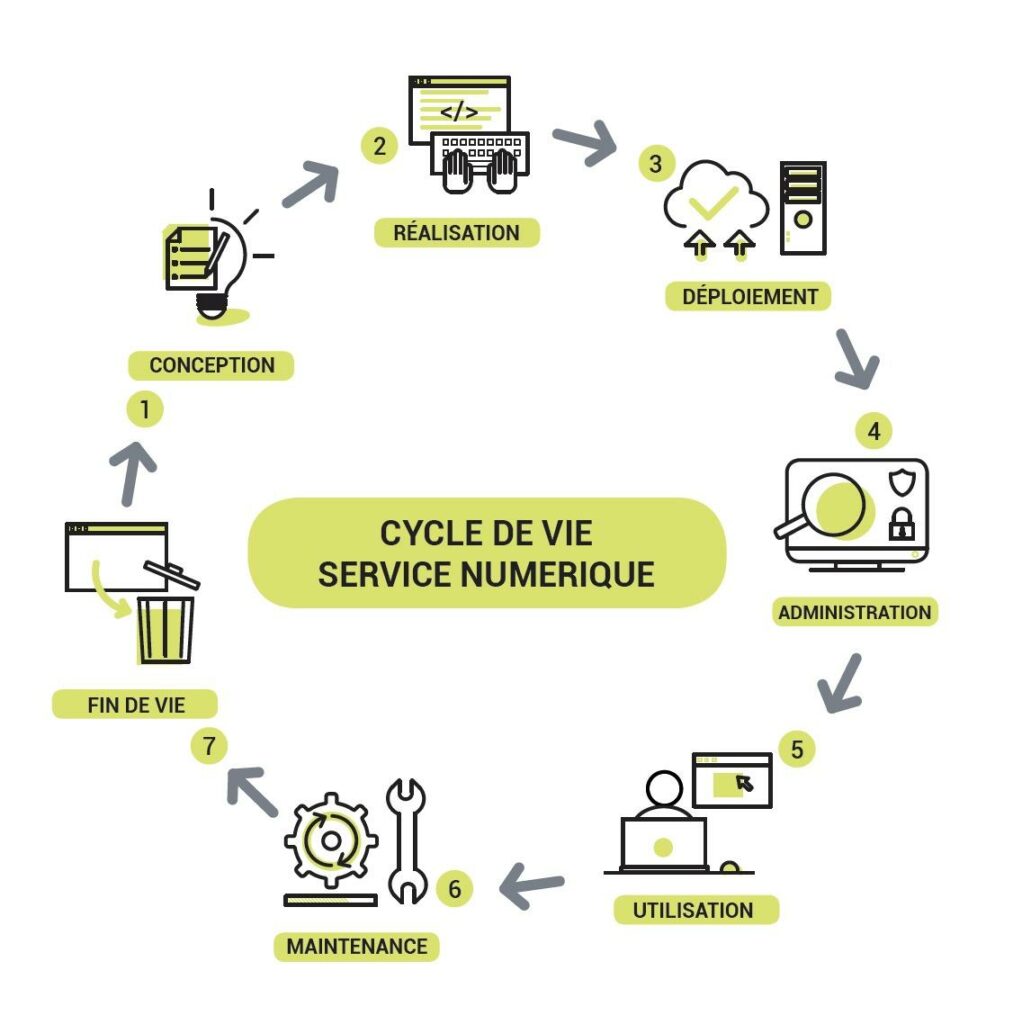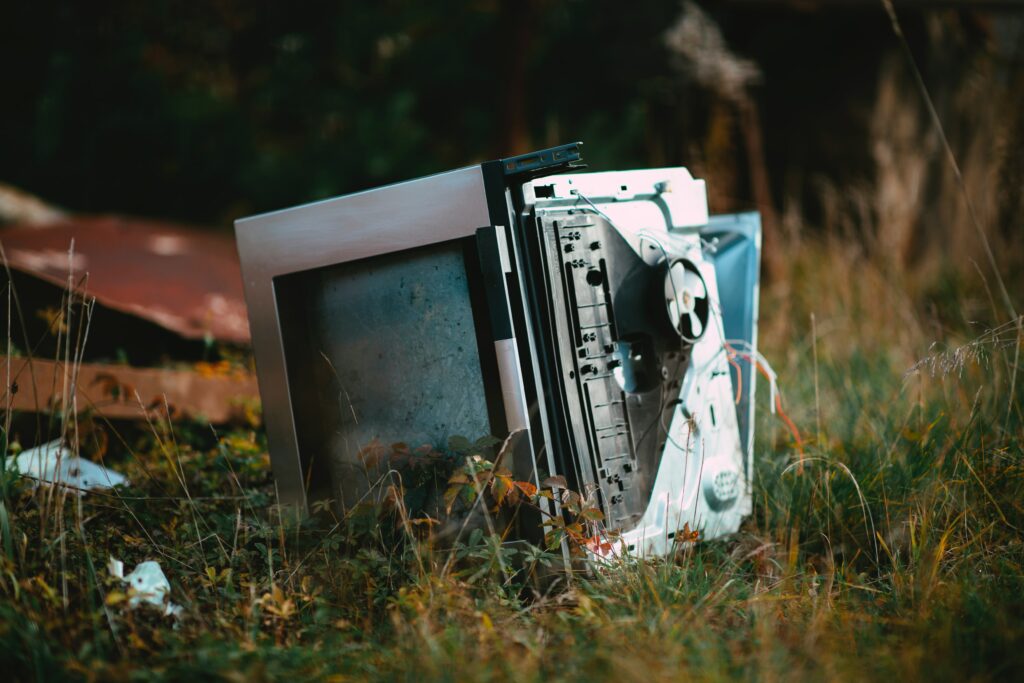Updating second-hand software: what solutions?
The acquisition and maintenance of on-premise licenses, encouraged by complex and recurring compliance audits, is costly to companies and leaves them at the mercy of vendors.
It has become necessary for CIOs to think about new software alternatives that combine quality, security and cost reduction.
Buying used software now appears to be a credible opportunity to reduce costs, regain control of its application base while rebalancing commercial relations with publishers.
Nevertheless, if the legal framework specifies that a software license is an asset whose rights of use can be assigned and transferred to a third party, what about its update? What solutions exist in this area to ensure that the software is reliable and secure?
What is included in updating second hand software?
When using a system software and whatever the editor it is necessary to be covered against security flaws and to proceed to the installation of the updates for an optimal use.
The update usually includes several bricks:
The evolution of the software version (evolutionary maintenance) whether it is under Android, Mac or Windows (Windows update).
Bug correction including the supply of patches (corrective maintenance)
The provision of patches to prevent security flaws (firmware or antivirus)
Compliance monitoring of regulated domain software
What is the use of a software update?
The update operated by the editors to propose each time the new version is expensive. On average between 15 and 20% of the price of the licenses per year. Is it essential?
From a legal point of view, companies must purchase upgrade rights to have access to the editor's support when needed. For software that requires longer-term deployment with a high level of complexity, upgrading is essential.
In this case, it will be enough to ask the editor to reactivate the update to benefit from the new versions and the associated guarantees.
On the other hand, for companies that have stabilized their application environment, the use of patches and updates via paid support is almost non-existent, especially in view of the costs involved in relation to real needs... and if you have level 1 and 2 support teams in-house.
Despite the mismatch between the real needs and the level of upgrades offered by vendors, most domain managers prefer to open the umbrella and take care of maintenance rather than risk being named as responsible in case of a problem.
Everyone must therefore make their own decisions in good conscience.
Software upgrade: what opportunities?
Whether or not to install updates is a matter of context and choice. In any case, the acquisition of a second-hand software will impact the IT budget downwards. Moreover, other complementary solutions exist.
In the case of standardized software such as the Microsoft Office suite or certain virtualization solutions, the question of updating is less of an issue. In fact, since the maintenance service is spread out over time according to the roadmap, the company can easily anticipate possible future version updates and avoid the need for updates.
An opportunity to optimize the TCO (total cost of ownership) of a software solution
In addition, other players such as third-party maintainers can provide fast and quality technical support for the update. The savings can then reach 50% if one cumulates a software purchased on the secondary market and a third party update support.
Finally, in some cases, it is possible to remove the update contract proposed by the publisher for an application whose life span is greater than 5 years. And make substantial savings.







